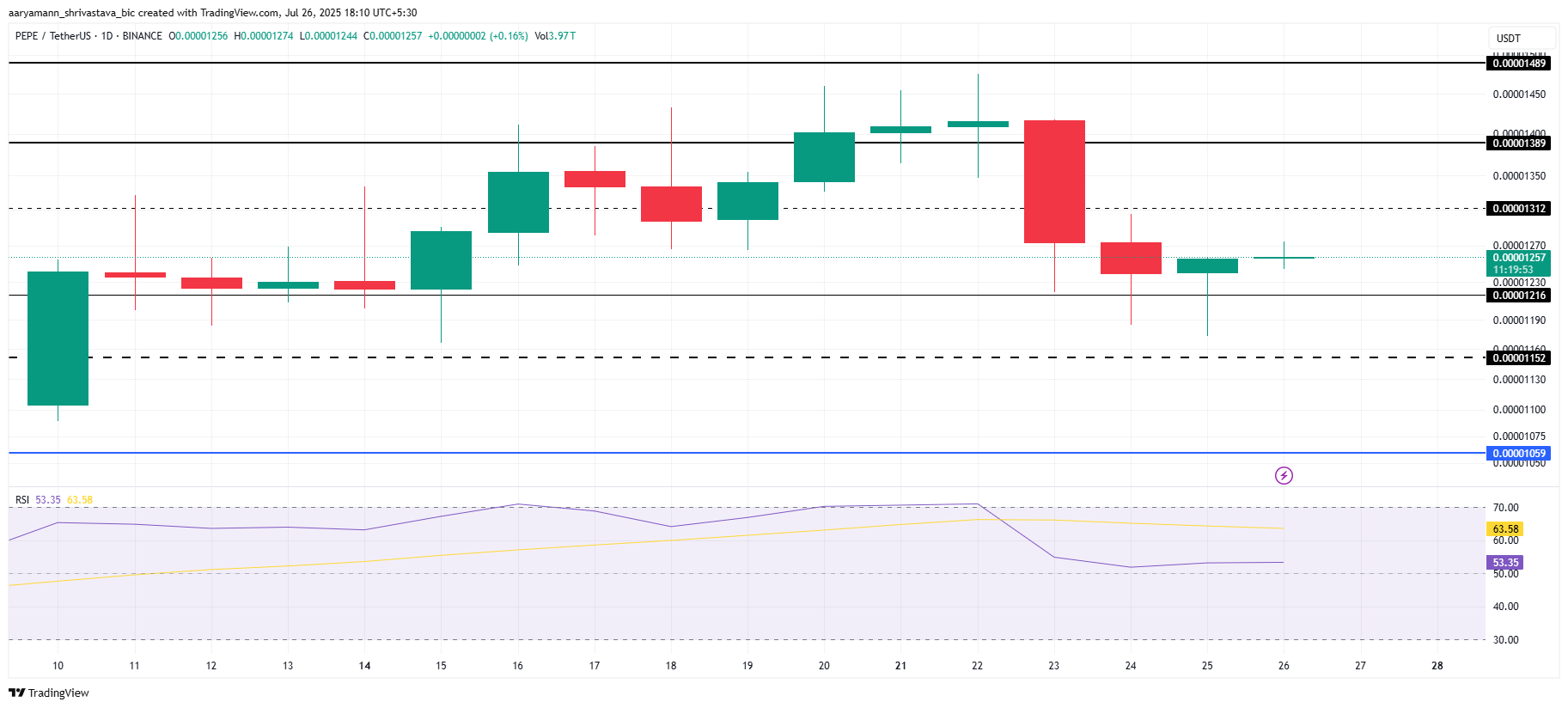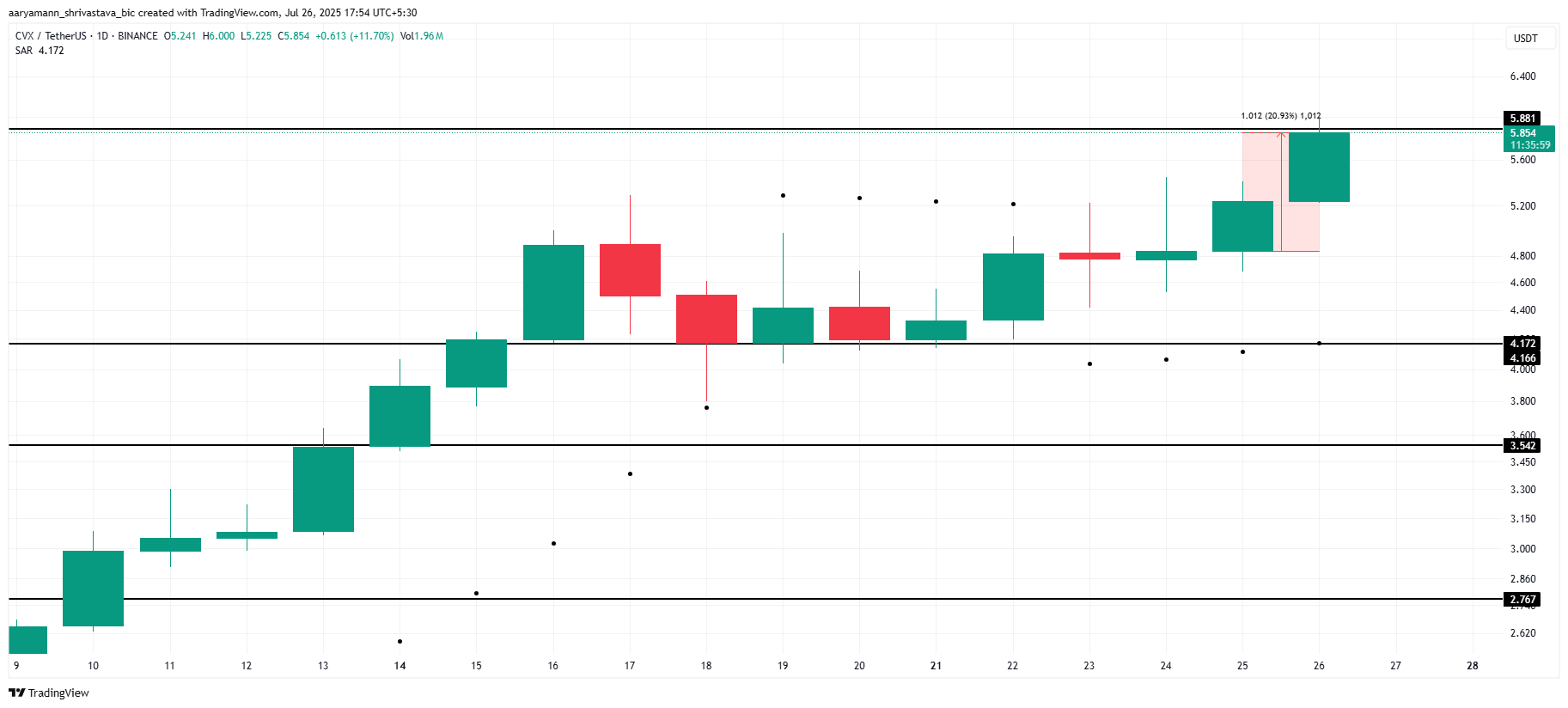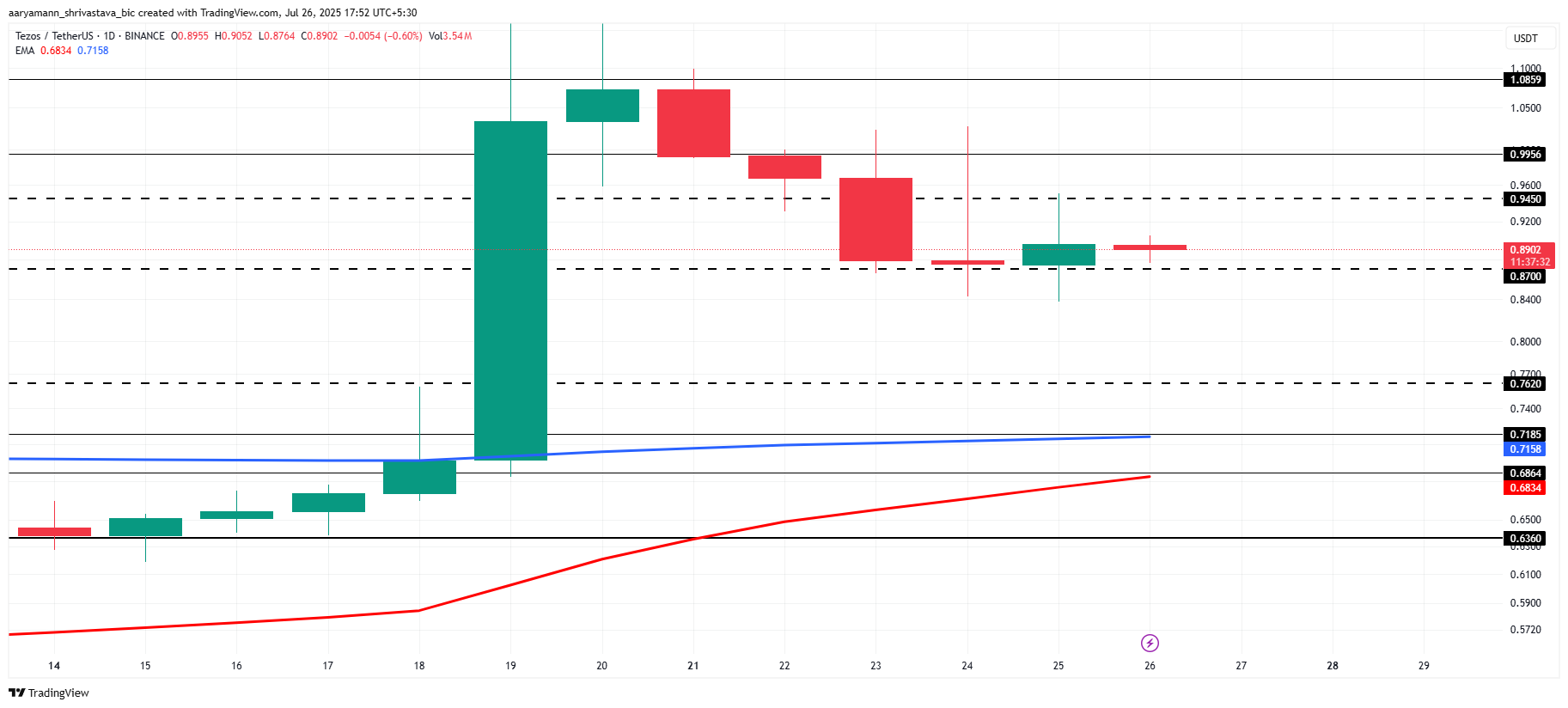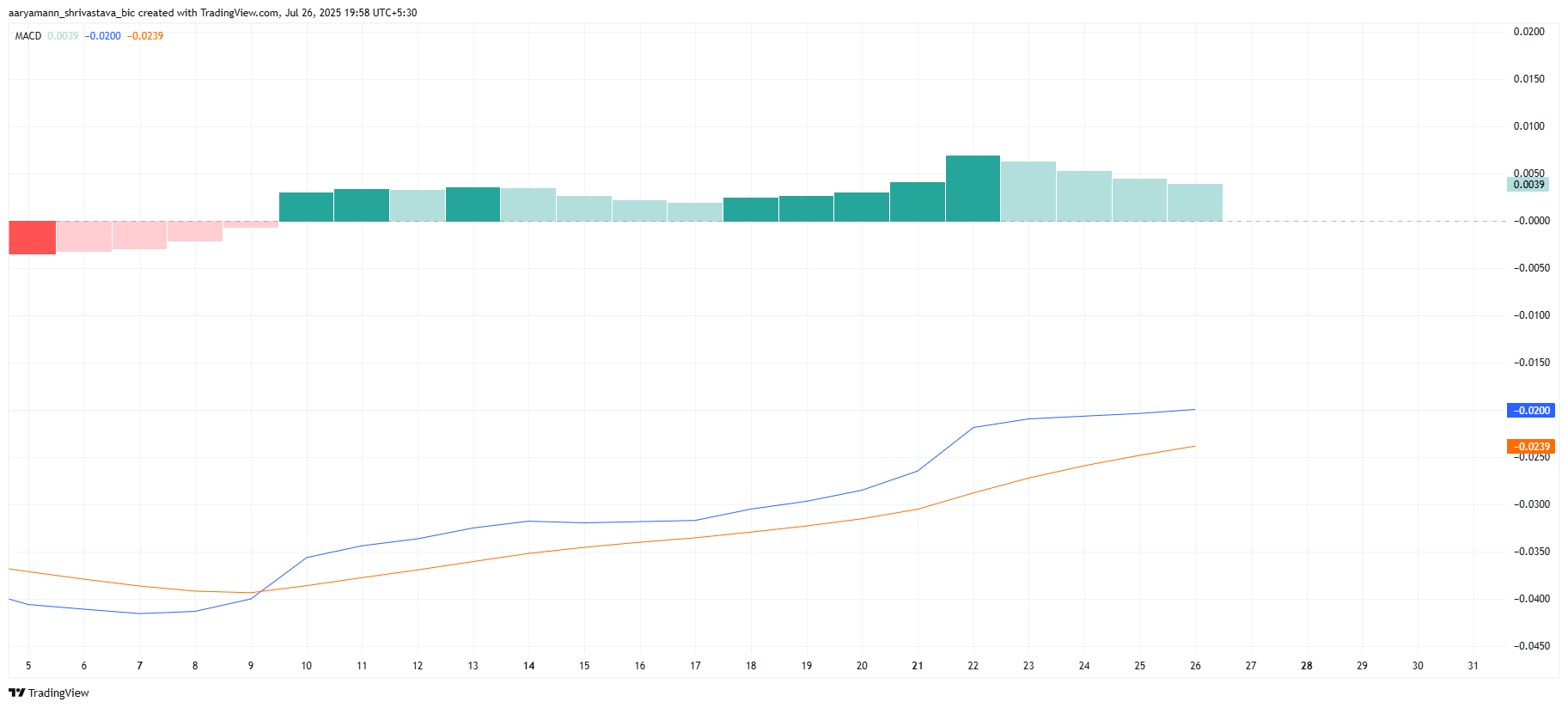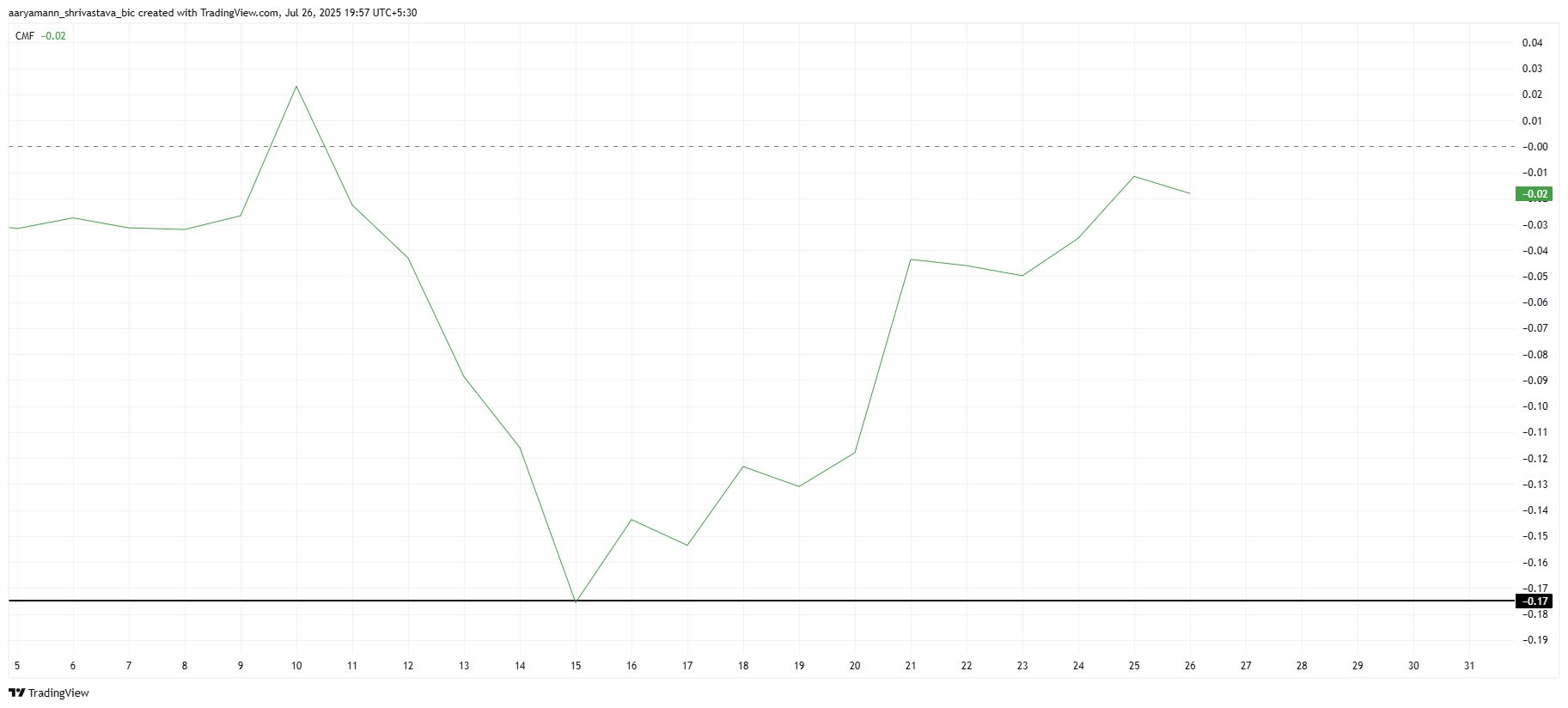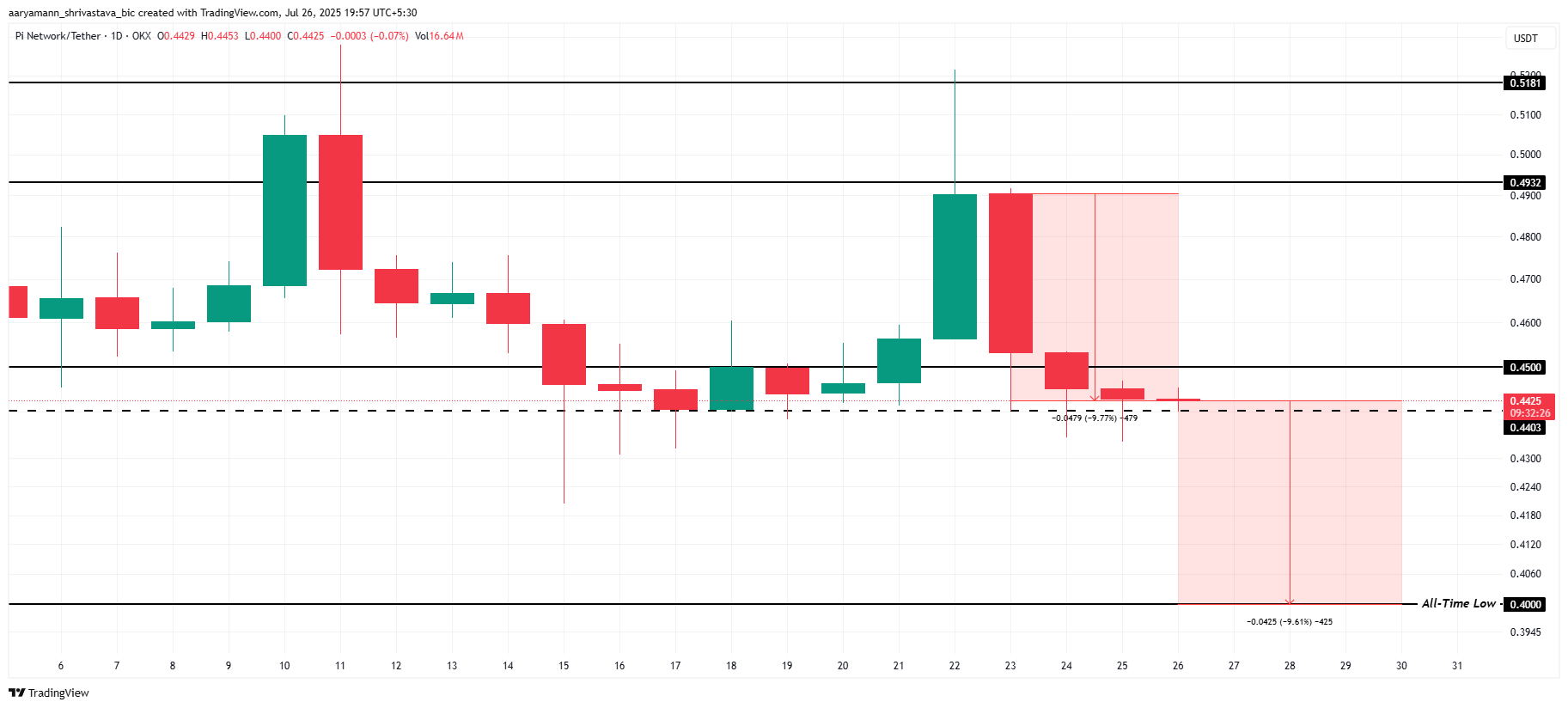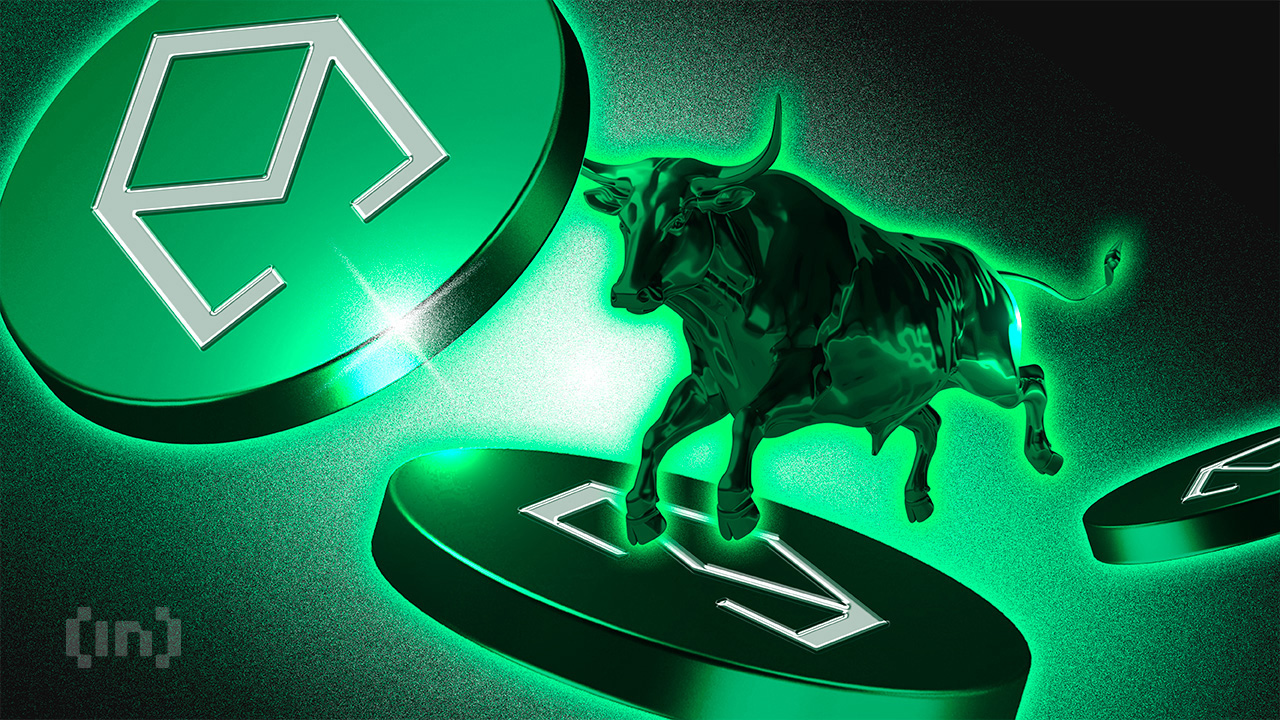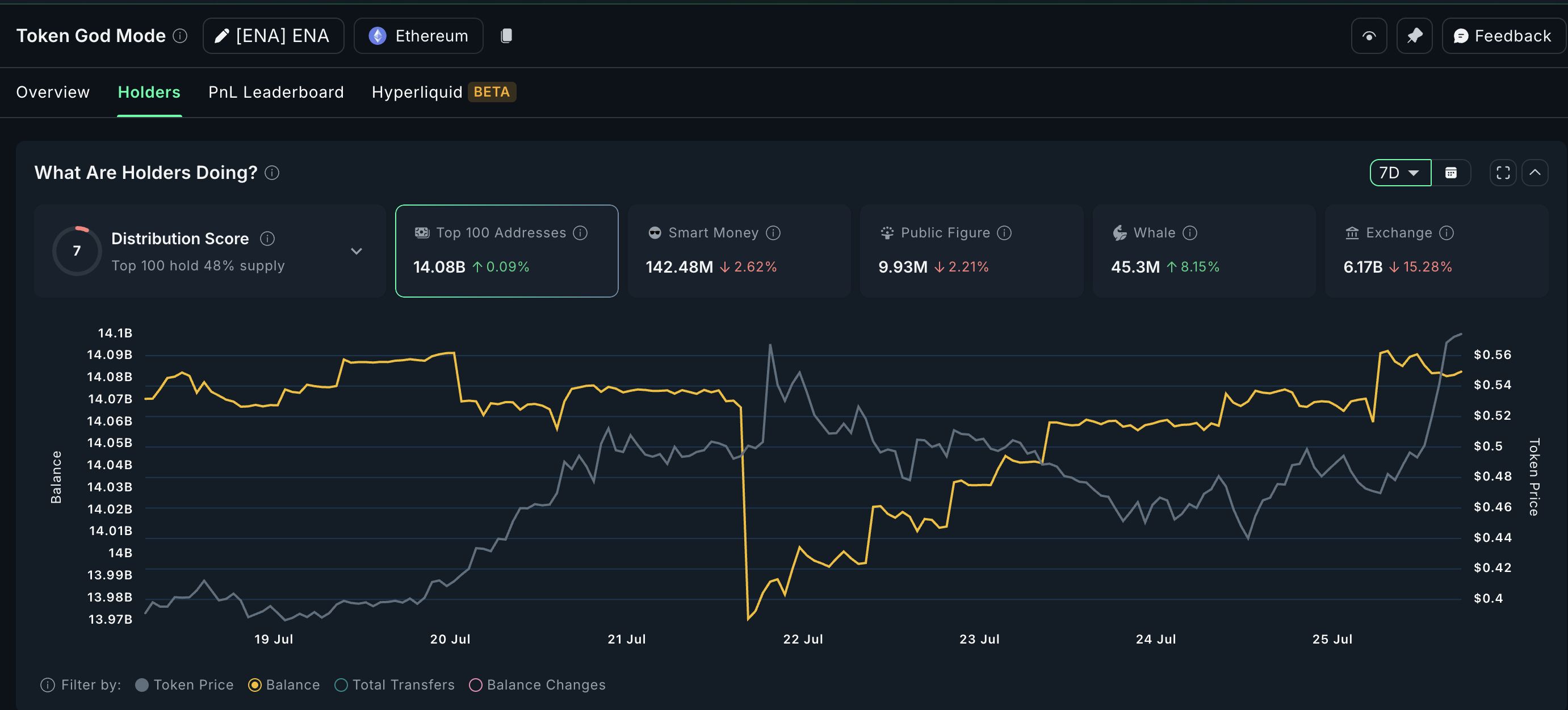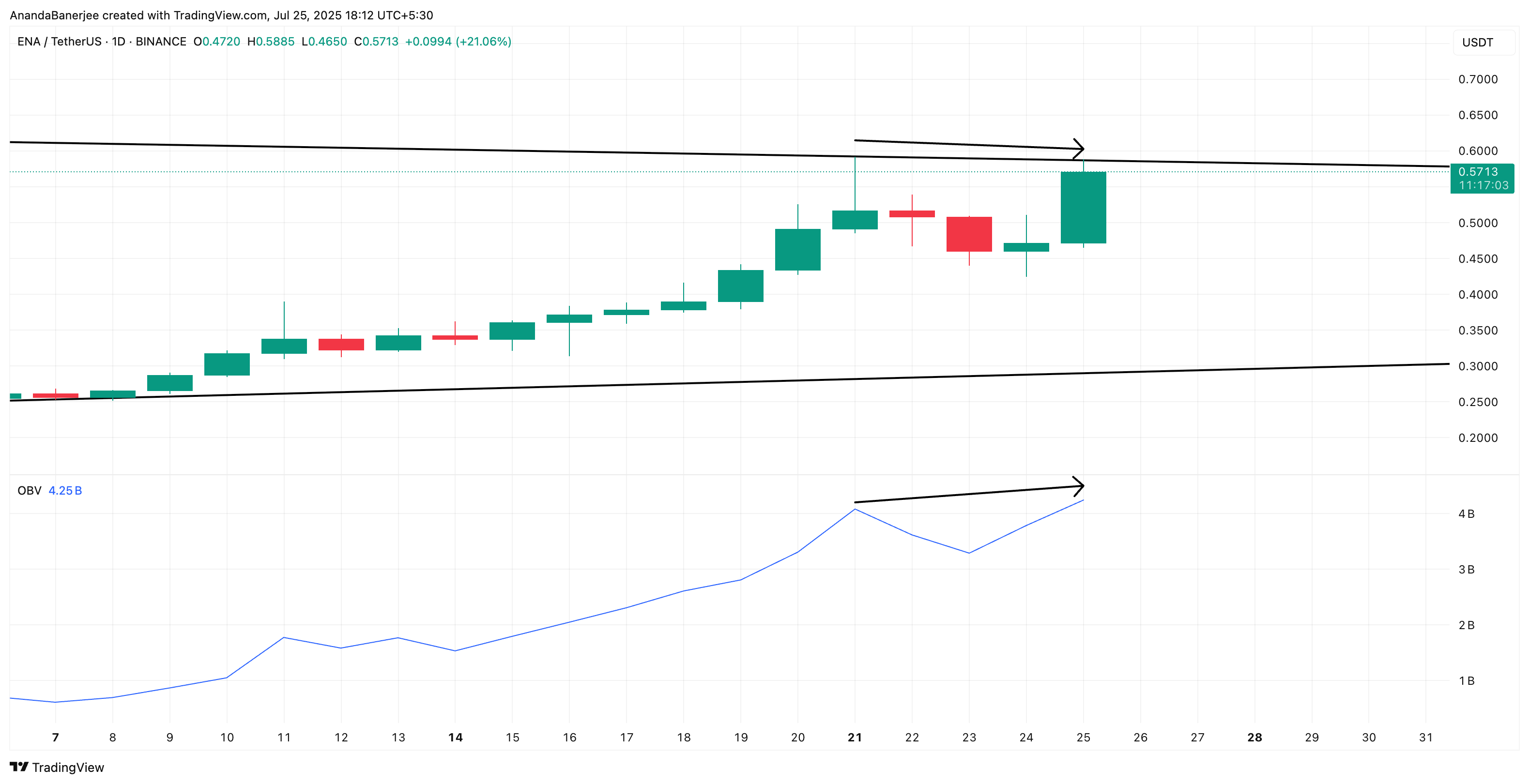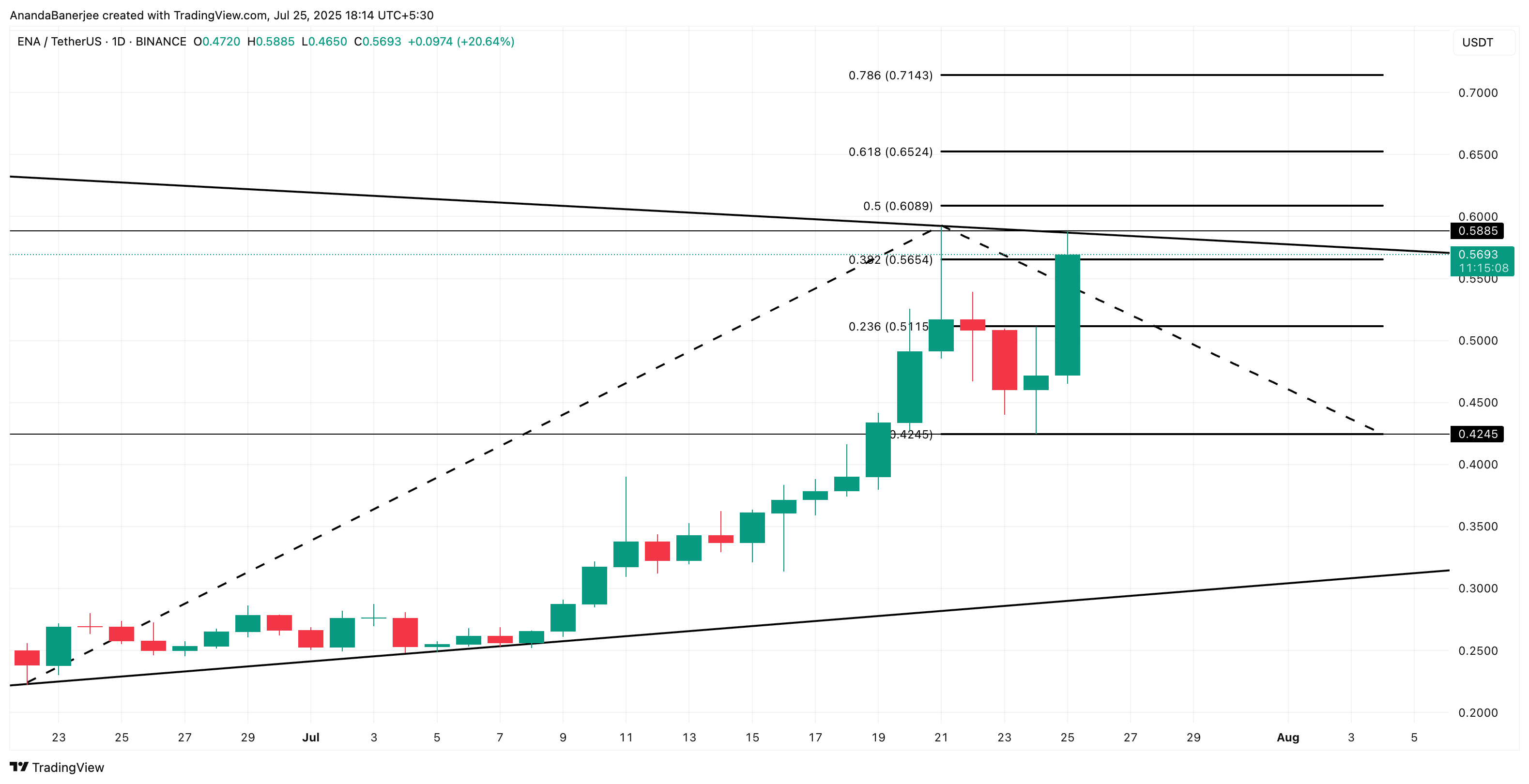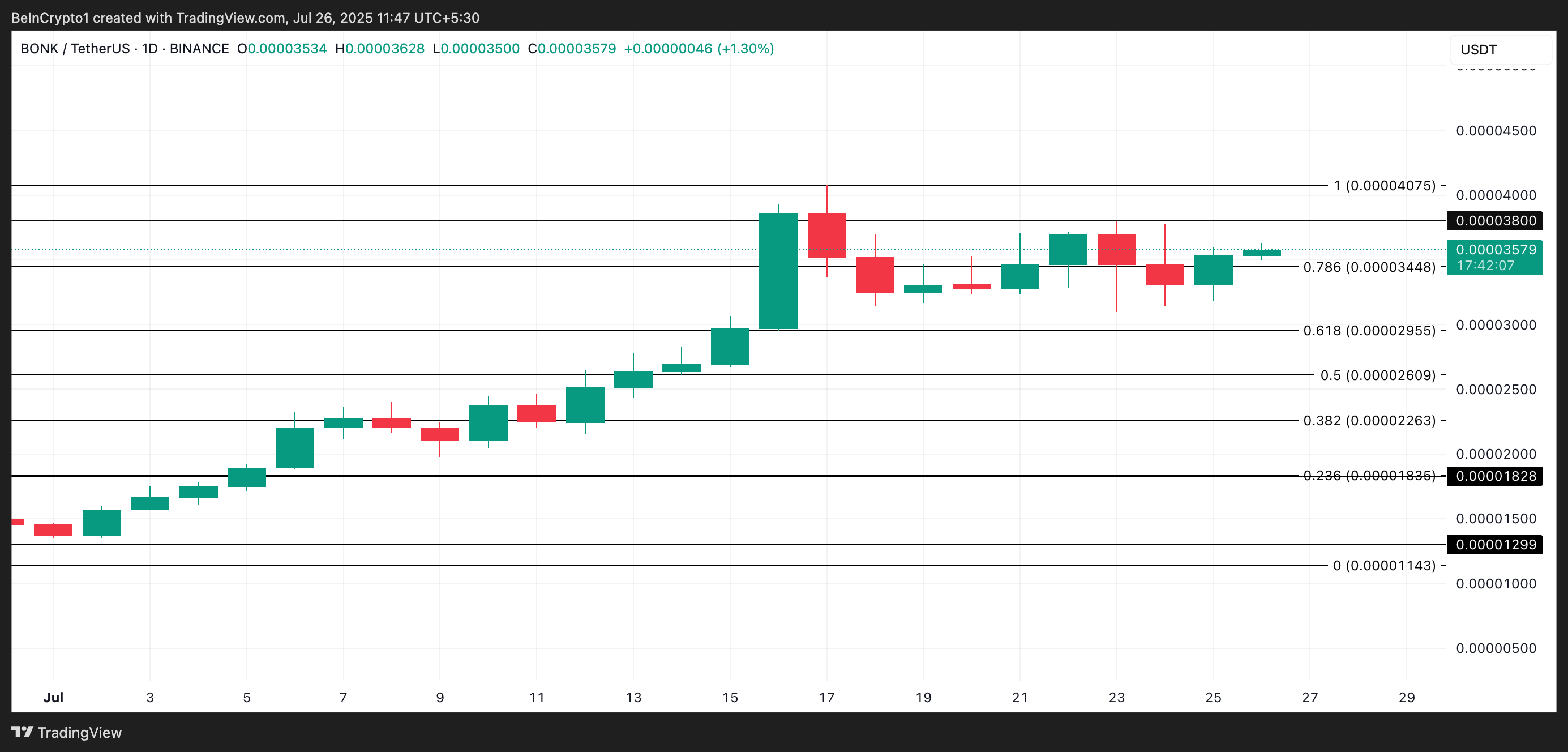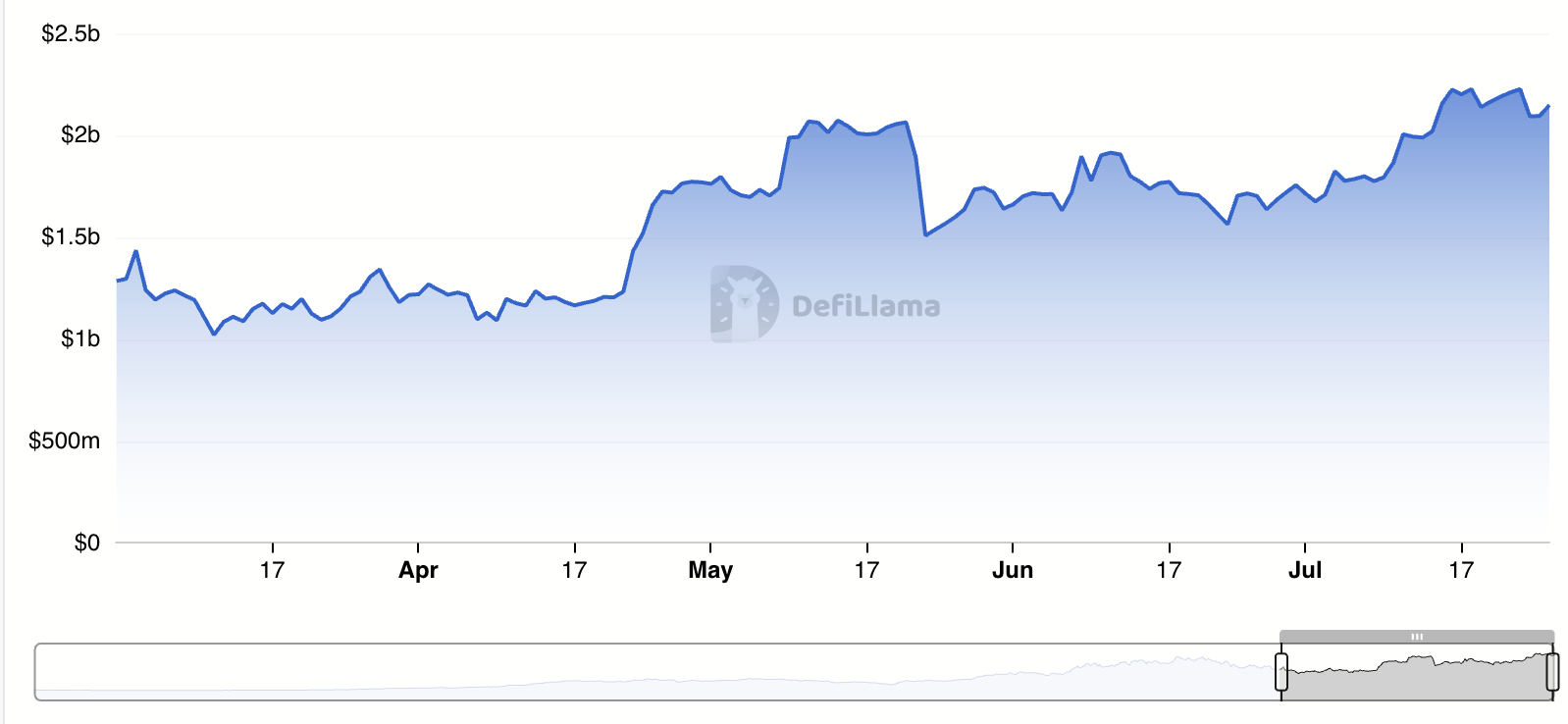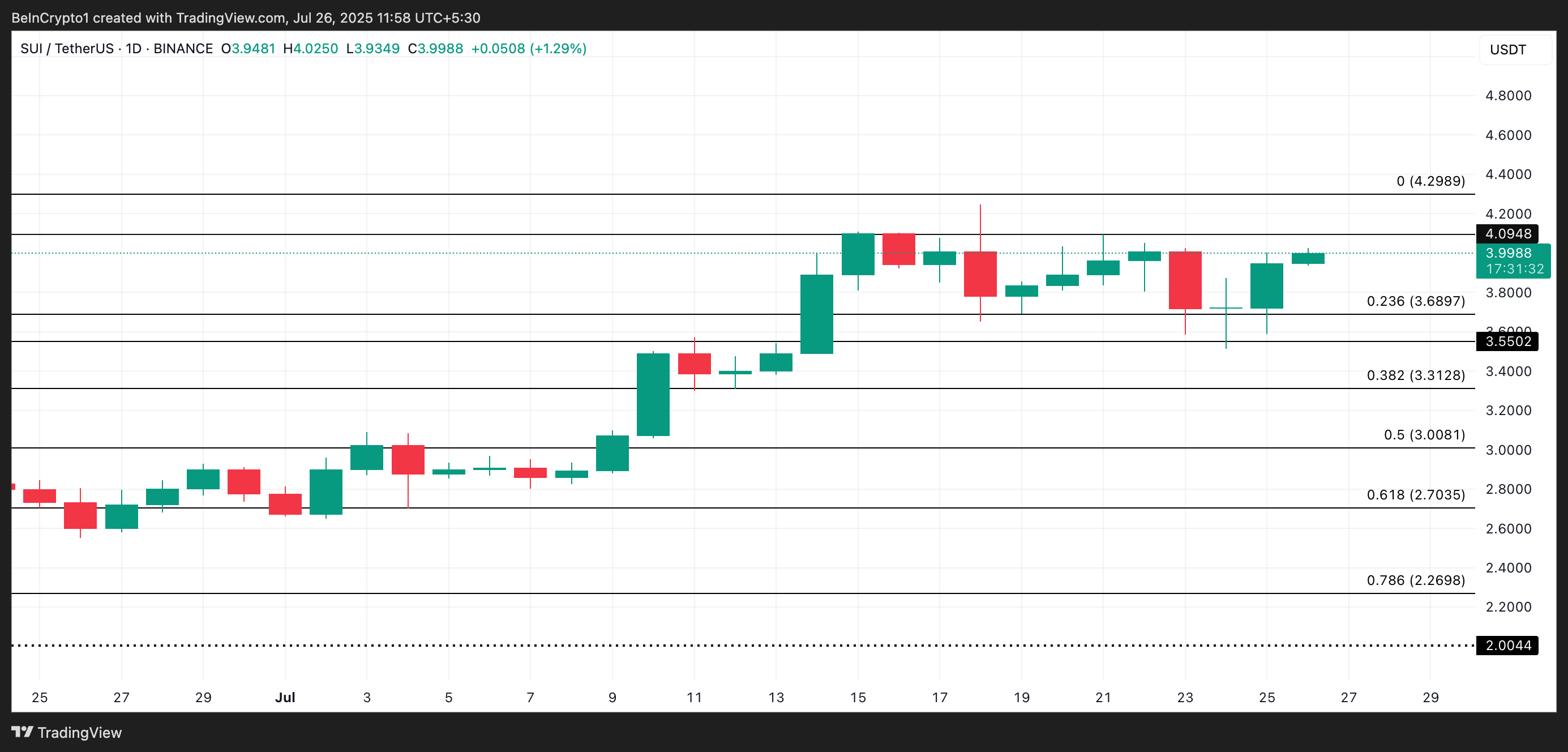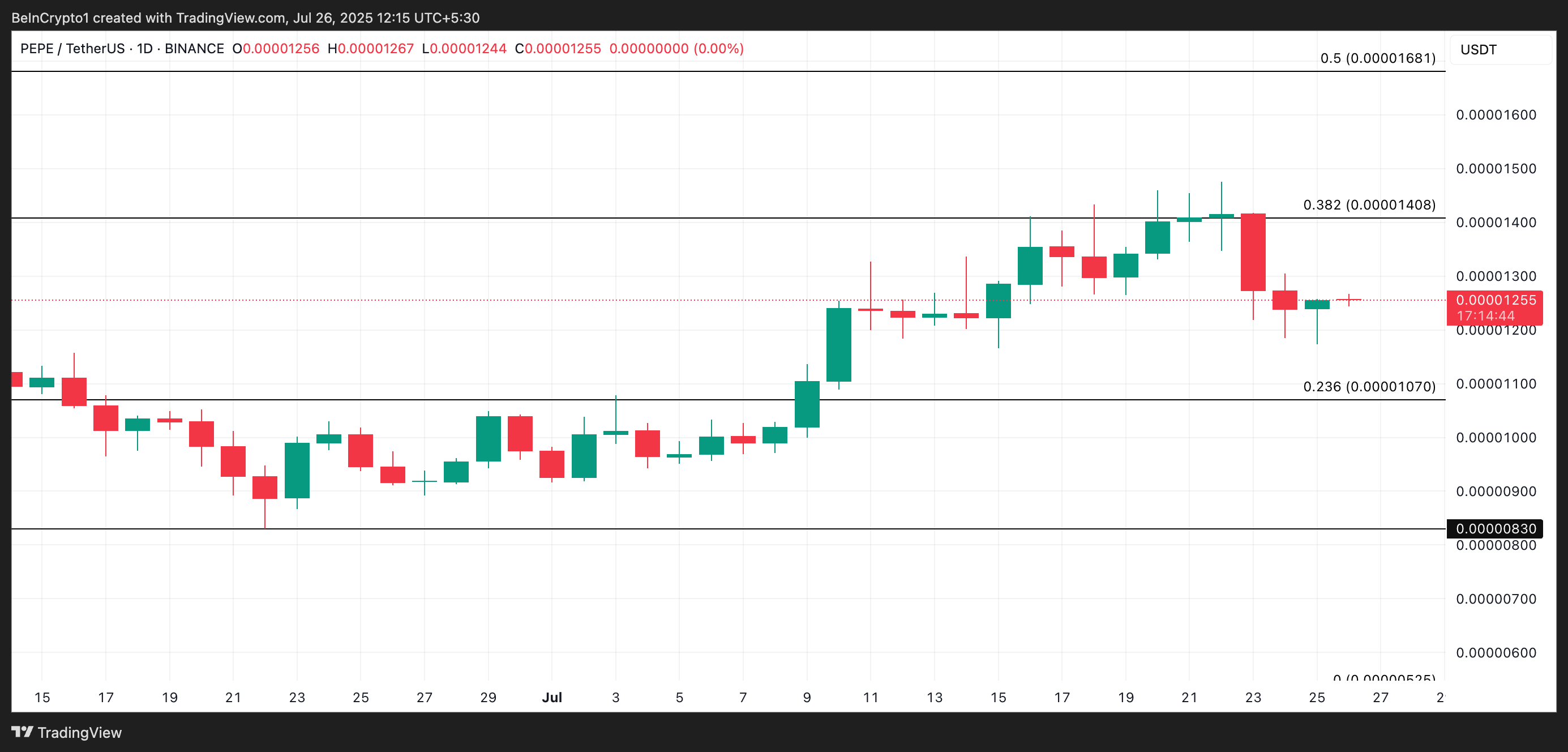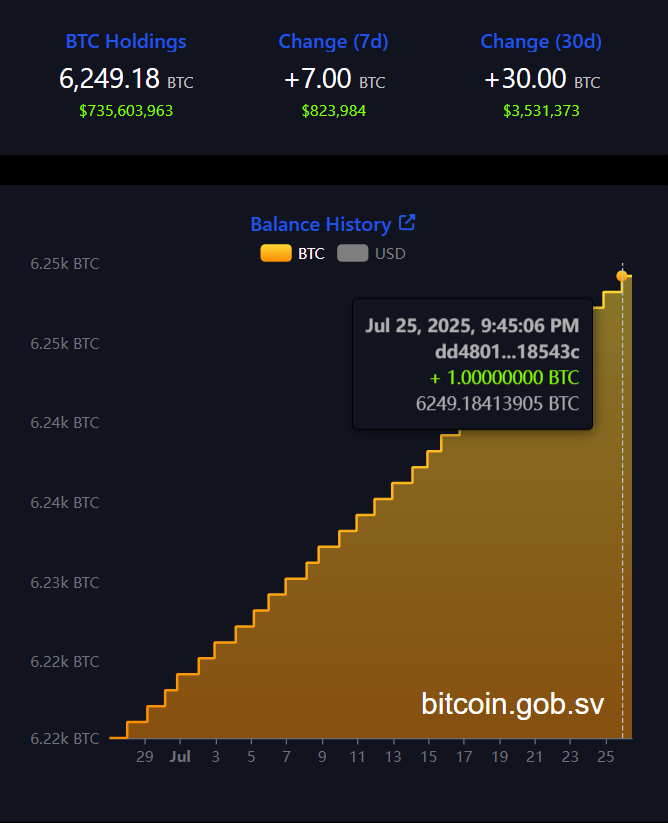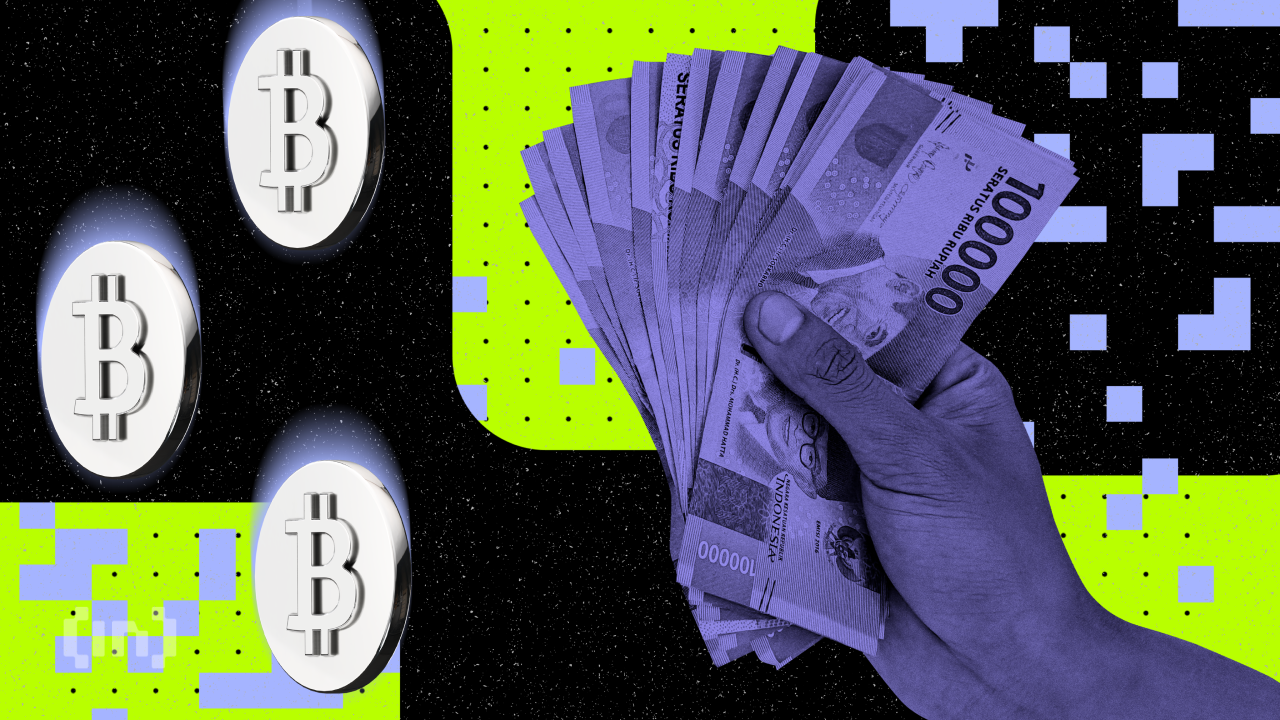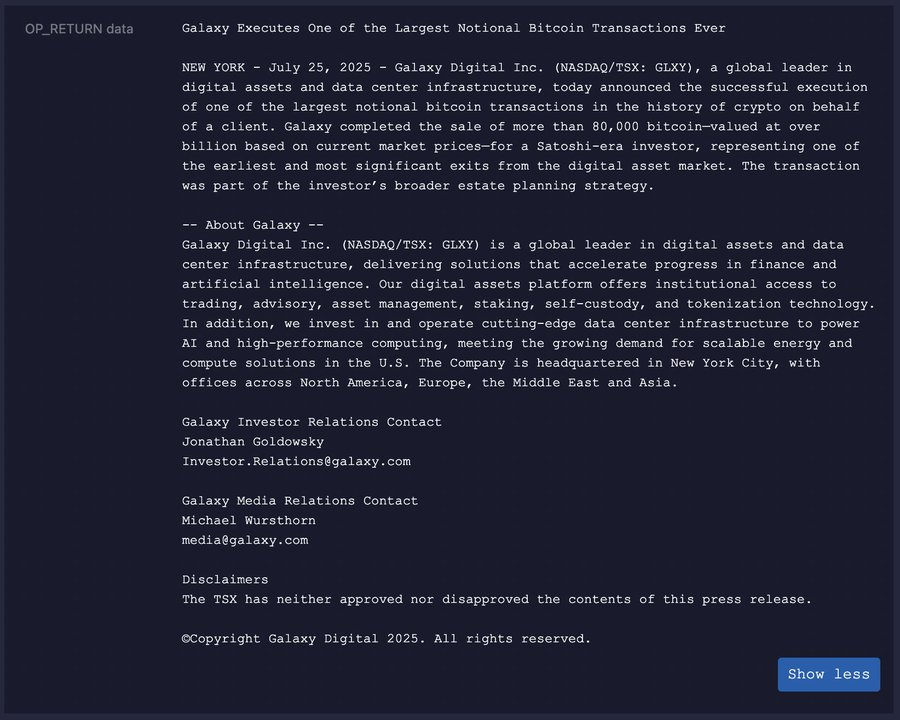Gemini CEO Says JPMorgan Punishing Criticism with Banking Freeze
Wall Street banking giant JPMorgan has halted its efforts to re-establish banking ties with Gemini, one of the largest US-based crypto trading platforms.
The decision comes amid growing friction over data access between major banks and fintech companies.
Gemini’s Winklevoss Slams JPMorgan After Sudden Banking Reversal
On July 25, Tyler Winklevoss, co-founder of Gemini, disclosed that JPMorgan informed the exchange it would no longer proceed with plans to reintegrate the platform.
This move follows the earlier offboarding of Gemini during the period crypto advocates dubbed “Operation Chokepoint 2.0.” At the time, several banks, under regulatory pressure, cut off services to crypto firms, citing industry risk.
The recent pause, however, appears tied to a different conflict—one centered on financial data rights.
Winklevoss has been outspoken about JPMorgan’s push to charge fintech firms for access to customer banking data. He argues that this effort is aimed at undermining startups that rely on such access to offer users seamless financial services.
Last week, Winklevoss publicly criticized JPMorgan and other banks for attempting to impose fees on fintechs that connect to user bank accounts through tools like Plaid.
These fintech tools enable users to access and share their banking data. They also allow customers to transfer funds to crypto exchanges and related platforms.
“[JPMorgan] want us to stay silent while they quietly try to take away your right to access YOUR banking data for free through third-party fintechs like,” Winklevoss said.
According to him, JPMorgan’s strategy is an attempt to block user-friendly innovations in finance by locking up access to personal financial data.
Winklevoss suggested that his criticism may have prompted the bank’s latest decision to cut off his exchange.
Despite the setback, the Gemini CEO emphasized that he would not back down from his advocacy.
“Sorry Jamie Dimon, we’re not going to stay silent. We will continue to call out this anti-competitive, rent-seeking behavior and immoral attempt to bankrupt fintech and crypto companies. We will never stop fighting for what is right,” he stated.
JPMorgan’s action has drawn scrutiny from community members. Many see it as part of the ongoing struggle between legacy financial infrastructure and the future of open systems.
Lily Liu, President of the Solana Foundation, emphasized her long-standing belief in the resilience of open systems. She expressed confidence that these systems will ultimately achieve dominance in the digital space.
“The ‘market’ the ‘user base’ – however one wants to put it – of humans on the internet and their assets is larger than any company/country or feasible coalition of companies/countries can muster,” she stated.
The post Gemini CEO Says JPMorgan Punishing Criticism with Banking Freeze appeared first on BeInCrypto.



